Polyurethane is an extremely versatile polymer that allows to obtain a wide range of products with very different properties and uses.
Many objects, indispensable to our daily well-being, are made using the many components of the polyurethane family.
ANPE is the sector of POLYURETHANE RIGID FOAM used for thermal insulation.
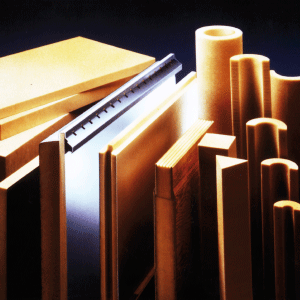
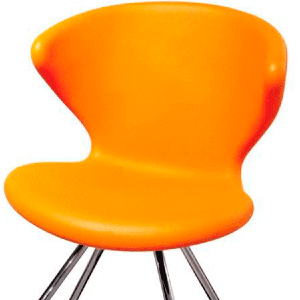
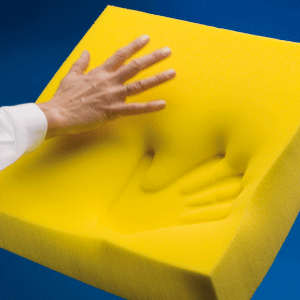


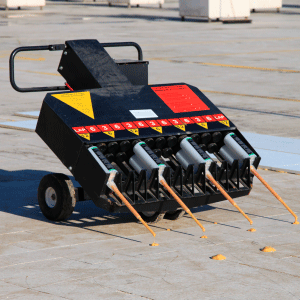
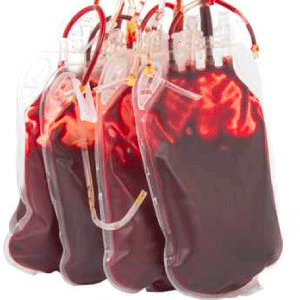
Polyurethane is a generic term, which covers a wide range of different formulations and applications derived from a chemical reaction of diisocyanate with a polyol. When we talk about polyurethane insulation we are referring to a group of insulation materials based on PUR (polyurethane) or PIR (Polyisocyanurate).
The closed cell structure and high crosslinking density of PUR and PIR gives it the characteristics of good heat stability, high compressive strength and excellent insulation properties. The final properties of the different polyurethane based insulation materials depend on their structure, the raw materials used and the manufacturing process.
For example, isocyanurate modified polyurethane foams, which give us PIR insulation, generally show better heat resistance, lower volatile production and better char formation than standard PUR. Polyurethane insulation is non-toxic and chemically inert. :
• PUR polymers with a predominance of type urethane bonds